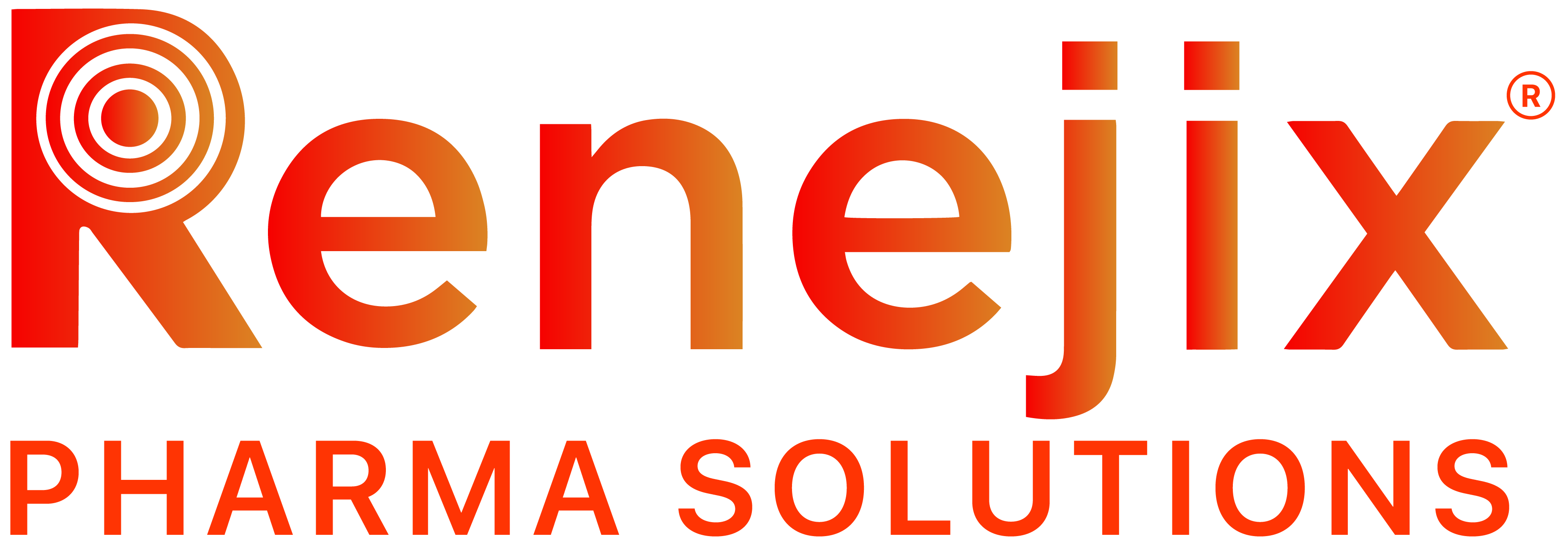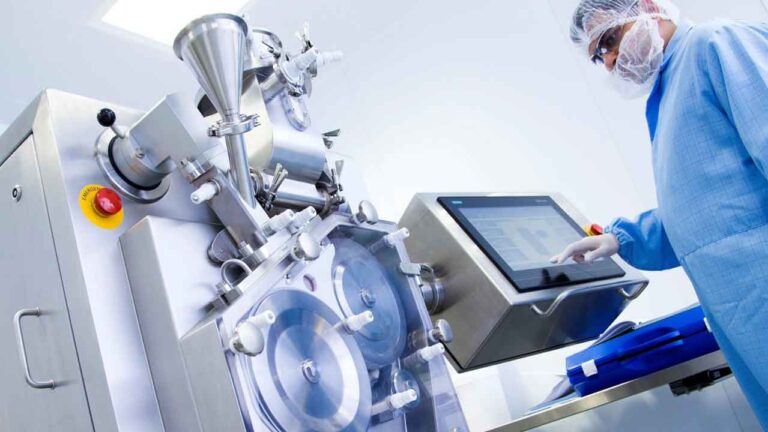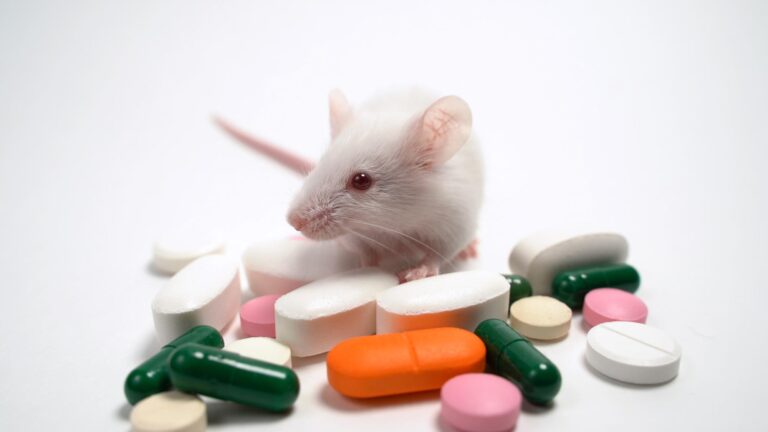
Employing information regarding an active pharmaceutical ingredient’s physicochemical characteristics obtained from pre-formulation and formulation investigations enhances the probability of achieving success in the early phase.
Overview
Early-phase development programs play a pivotal role in the successful clinical development of novel drugs and are therefore crucial for pharmaceutical companies. To achieve success in such programs, companies must leverage extensive experience, advanced tools, and streamlined processes, while making decisive decisions and conducting meticulous risk assessments with judicious risk tolerance. In addition, a supportive company culture is paramount for meticulously selecting and cultivating promising drug candidates (active pharmaceutical ingredients and formulations) at the outset of the program.
The selection and development of viable drug candidates with highly coveted physicochemical properties, finely-tuned pharmacokinetic, pharmacodynamic, and metabolic profiles, minimal toxicity, and impeccably effective formulations is critical to success in early-phase development programs. Accomplishing this requires a team of expert scientists who can meticulously craft exceptional candidates to ensure victory.
In the rapidly changing pharmaceutical industry of today, time is of the essence. Therefore, it is imperative to determine the quickest path to success. Companies that can work tirelessly to identify the fastest route to success are the ideal partners for early-phase development programs.
Critical Areas for Success:
There are three pivotal areas that companies must focus on to thrive within the new manufacturing paradigm:
-
-
- Innovation: To stay ahead, companies must constantly innovate. They should spend on research and create an innovative environment. By always bringing new ideas to the market, businesses can get real results and keep their lead.
- Manufacturing Excellence: Achieving top quality and efficiency in manufacturing is crucial. Companies should use advanced technologies and methods, and train their staff in modern manufacturing techniques. This helps them improve production and deliver better products.
- Sustainability: Making products in a way that’s good for the environment is very important. Companies need to use sustainable materials, cut down on waste, and use less energy. Showing that they care about sustainability helps meet customer and business expectations and gives them an edge in the market.
-
Insights from McKinsey & Company:
In conjunction with the insights provided by Pisano and Shih, a McKinsey & Company article offers additional valuable perspectives on the future of manufacturing:
The Emergence of New Manufacturing Technologies: Additive manufacturing and robotics are revolutionizing the manufacturing landscape. These advanced technologies enable the production of more complex and customized products, while simultaneously reducing costs and enhancing overall efficiency.
The Growing Significance of Sustainability: Both consumers and businesses are increasingly prioritizing sustainability. Manufacturers that can demonstrate sustainable practices and environmentally friendly manufacturing processes gain a competitive edge in the market and align with evolving societal expectations.
The Imperative for Collaboration: Collaboration among companies, universities, and government agencies is indispensable in the new manufacturing environment. By working together, stakeholders can develop innovative technologies, solve complex problems, and gain access to new markets. Collaboration fosters growth and ensures competitiveness in a rapidly changing landscape.
Strategies for Successful Drug Development: Balancing Risk and Innovation
For effective innovation, drug developers need to understand the inherent risks, risk tolerance, and potential pitfalls of the development program, and carefully manage them. The key elements for achieving successful innovation are meticulous planning, shrewd investment, and technical expertise. Additionally, cohesive team dynamics and culture are critical in navigating the rapidly changing and complex development environment.
To design successful lead candidates from a non-linear continuum-of-development perspective, developers must prioritize several essential factors while ensuring the content is free from plagiarism. These factors include optimizing physicochemistry, maintaining stability, fine-tuning bio-pharmaceutical and drug metabolism, assessing pharmacokinetic (DMPK) characteristics, minimizing toxicity, and incorporating additional relevant factors based on research.
Enhancing Drug Candidate Efficacy: Focusing on physicochemistry and Stability
In order to create effective lead candidates, it is crucial to focus on optimizing physicochemistry. This involves manipulating the chemical and physical properties of the drug molecule to enhance its solubility, stability, and binding affinity to the target. By carefully adjusting these aspects, developers can improve the drug’s efficacy and increase its chances of success in subsequent stages of development.
Stability is another critical factor that needs to be considered during lead candidate design. Developing a stable formulation that maintains the chemical and physical integrity of the drug over time is essential for ensuring consistent performance, storage, and administration. Conducting stability studies and implementing appropriate formulation strategies are important steps to address any potential degradation or alteration of the drug substance.
Biopharmaceutical and drug metabolism characteristics play a significant role in understanding the behavior of a lead candidate within the body. By comprehensively assessing how the drug interacts with biological systems, developers can evaluate its absorption, distribution, metabolism, and excretion (ADME) properties. This knowledge helps predict the drug’s efficacy and potential interactions with other drugs, providing valuable insights for decision-making during the development process.
Advancing Drug Development: Pharmacokinetics, Safety, and Emerging Research Trends
Considering pharmacokinetics, which involves the study of drug absorption, distribution, metabolism, and elimination, is essential. Developers need to evaluate the drug’s bioavailability, half-life, clearance, and distribution within the body to ensure optimal dosing regimens and therapeutic efficacy. Incorporating DMPK considerations early in the lead candidate design process facilitates efficient decision-making and resource allocation.
Minimizing toxicity is a crucial factor in the development of successful lead candidates. It is vital to assess and mitigate potential toxic effects to ensure patient safety and regulatory approval. Developers should consider factors such as dose-dependent toxicity, target specificity, and potential adverse effects during lead optimization to ensure a favorable safety profile.
Additionally, ongoing research may reveal new insights and highlight emerging considerations for lead candidate design. For example, advances in personalized medicine and genomics may emphasize the importance of considering genetic variations and individual patient characteristics to tailor drug candidates to specific populations. Furthermore, factors related to environmental impact and sustainability may gain significance in the drug development process, necessitating the assessment of eco-toxicity and green chemisry aspects of lead candidates.
Optimizing Clinical Supply, Regulatory Compliance, and Investment in Drug Development Programs
Rapid manufacturing and supply of clinical supplies are essential, along with rapid problem identification and resolution, risk assessment, and mitigation, and the ability to pivot, accelerate, decelerate, stop, or change directions as needed. Finally, global regulatory and quality compliance are fundamental in bringing innovations to patients quickly and effectively.
The process of unlocking the full potential of development programs also involves utilizing insights from behavioral economics to make informed decisions while avoiding common biases. It has been demonstrated that even minor adjustments can significantly impact outcomes, highlighting the importance of considering all program components. Investment, timing, planning, and execution are all critical factors that must be balanced to maximize efficiency and minimize costs.
Efficient investment planning necessitates prioritizing resource allocation based on an analysis of return on investment (ROI), risk assessment, and alignment with program objectives. Timing is critical to program success, as delays can result in missed opportunities and reduced outcomes. Therefore, careful attention to timing in program execution is essential to ensure that targets are achieved within optimal timeframes.
Planning for success requires a flexible approach that accounts for both the inherent risks of failure and success and unforeseen opportunities. This entails developing a dynamic plan that can adapt to changing circumstances while remaining aligned with program objectives. Such a plan necessitates clear communication and comprehension of the plan and its risks among team members, with each member understanding their contribution to the overall program.
Teamwork is key to any project’s success. Our method focuses on each team member knowing how their work fits into the overall goal. Clear communication about the plan and its risks is vital, keeping everyone on the same page. We aim to fully realize your project’s potential, achieving maximum results and impact, while ensuring originality.
Implementing Quality by Design during Discovery and Early-Development Phases
Using Quality by Design (QbD) early in drug development helps find better drugs with the right effects and lowers early failures. But following Lipinski’s Rule of 5 is tough. This rule sets criteria like a molecular mass under 500 Daltons, up to 5 hydrogen bond donors, no more than 10 hydrogen bond acceptors, and a log P value (octanol-water partition coefficient) not over 5.
Despite this challenge, early-stage drug leads generated through combinatorial techniques often fall outside the rule of five boundary, leading to increased lead attrition due to the negative effects of increasing log P and molecular weight. This increase in lead attrition results in decreased solubility and compromised bioavailability. High lipophilicity has been linked to toxicity, poor solubility, and metabolic clearance.
Luckily, the Developability Classification System (DCS) by James Butler and Jennifer Dressman offers a useful tool for early drug development. DCS focuses on intestinal solubility, how solubility and permeability balance in the small intestine, and predicts the needed particle size for better absorption. Meanwhile, the Biopharmaceutics Classification System (BCS) is more useful later in development for regulatory purposes and getting a biowaiver, not as much in early stages.
Tools for Predicting Metabolism, Degradation, and Toxicity in Drug Development
In addition to incorporating solubility and other advantageous biopharmaceutical properties through the use of the Developability Classification System (DCS), there exist various valuable tools that can be utilized to evaluate and predict metabolism and degradation. These tools are instrumental in preventing the generation of harmful and undesirable reactive metabolites. Some of the notable tools in this domain include:
- An in silico-based instrument that vividly describes and predicts the metabolic fate of a drug candidate
- A potent tool for forecasting chemical degradation
- An in silico system that can accurately predict probable toxicity based on the chemical structure
- A cutting-edge technology for exploring novel chemical entities that selectively target G-protein coupled receptors
Renejix Pharma: Accelerating Drug Candidate Evaluation with Advanced Tools and Services
At Renejix Pharma, we understand the challenges faced in the assessment process of molecular candidates. That’s why we offer a comprehensive suite of advanced tools and services designed to alleviate the burden and accelerate the evaluation of drug candidates. Our offerings include all the tools mentioned such as an in silico-based instrument for precise metabolic fate prediction, a powerful tool for forecasting chemical degradation, an in silico system for accurate toxicity prediction, and state-of-the-art technology for exploring novel chemical entities targeting G-protein coupled receptors.
At Renejix Pharma, we’re committed to our valued clients. Our mission is to speed up drug discovery and development. Count on us for valuable insights and tools to enhance your decision-making, refine lead candidates, and bring innovative therapies to market faster.
Experience the difference with Renejix Pharma and let us empower your drug development efforts by leveraging our comprehensive suite of tools and services.
Tools for Early-Stage Formulation Development
In recent years, the field of drug discovery has witnessed significant advancements, particularly in the area of utilizing physicochemical properties of optimized drug candidates and physiologically based pharmacokinetic (PBPK) models to predict key pharmacokinetic parameters. These parameters, which encompass the fraction absorbed, time-plasma concentration profiles, oral bioavailability, and other pertinent pharmacokinetic parameters, play a crucial role in early-stage formulation development. By combining such predictions with other quantitative data, such as the Drug Candidate Score (DCS), researchers can identify the most suitable drug candidate for further formulation development.
Researchers are improving drug development with advanced tools like in silico PBPK modeling and the Formuphase® Solution Suite. These methods assess how particle size and formulations affect drug properties like solubility, absorption, bioavailability, and Cmax. By covering all aspects of pharmacokinetics, they avoid creating drugs with unclear goals, like improved absorption or longer half-life.
The incorporation of such advanced technological tools and methods provides researchers with new opportunities to streamline the drug development process and optimize drug candidates for improved therapeutic outcomes.
Conclusion
The use of Quality by Design (QbD) principles in the early stages of drug development presents a solution to the problem of high attrition rates caused by issues such as weak water solubility of lead compounds, suboptimal DMPK, low bioavailability, and severe toxicity. To accelerate the drug development process, tools such as the Drug Candidate Score (DCS) and in silico physiologically based pharmacokinetic (PBPK) modeling are crucial. These tools provide fast assessment of solubility and bioavailability, reducing development timelines and giving you a competitive edge.
To achieve success in drug development, effective teamwork, collaboration, and communication are critical. Our team of experts understands the investment risks and opportunities involved and can provide a comprehensive approach to achieving development program success. We can help you navigate the complexities of drug development and minimize the risk of attrition rates that could significantly impact your bottom line. Contact us today to learn how our QbD principles and advanced tools can accelerate your drug development program and maximize your chances of success while ensuring that the content is plagiarism-free.
Renejix is a leading global provider of cutting-edge oral delivery technologies, development solutions, AI enhanced R&D, manufacturing and clinical supply services.







